Shot between 2010 and 2011, The Time Machine is structured as a topographic survey of hydro-electricity generating plants.
Working closely with the EDP Foundation, I gained exclusive access to 20 power plants located across Portugal. Many of the power stations were built between the 1950’s and 1970’s, a time of hopeful prospects of rapid economic growth and social change. Their tacit raison-d’être was to fuel the country’s expansion and propel it into a prosperous future.
Forty years on, no more than half a dozen people, including specialists and cleaning and security staff, run places which, in some cases, were intended to house up to 250 workers just a few decades ago. These people and their families were intended to live in real villages, hubs of population and urban development in a future which, today, has ultimately emerged as uninhabited.
At each dam, computerised mechanisms now regulate the production and distribution of energy. This has alienated the concrete and immediate power by which reality is governed and concentrated the control of a complex hydroelectric system in a distant centre (thus lending consistency to the fantasy of machines ruling over man).
Although the power stations were conceived at a time when man and machine envisaged a shared future, today, the desertification of the technical sites which house the machines (as well as the natural and human landscapes where the dams were constructed), allude to the paradox of this impossibility.
Whilst the work in no way seeks to deny the role that these power stations may have played in the economic development of Portugal, the photographs are tense with unfulfilled expectations.
The Time Machine records objects and spaces whose grand and progressive designs testify of the scope and ambition of the vision they were built to serve. These machines and rooms, which simultaneously place us in genuine science-fiction settings and in an unavoidable field of nostalgia characterise a suspended time, that of the modern.
In recovering a past of exciting technological innovation and optimistic belief in the future, these photographs suggest that they are not just about the generation of power but also of dreams and technological utopias. Because the future announced there is here now; and now we know that nothing has happened in the way that the ideological narrative of the modern wanted us to believe that it would.
Edgar Martins
The Time Machine
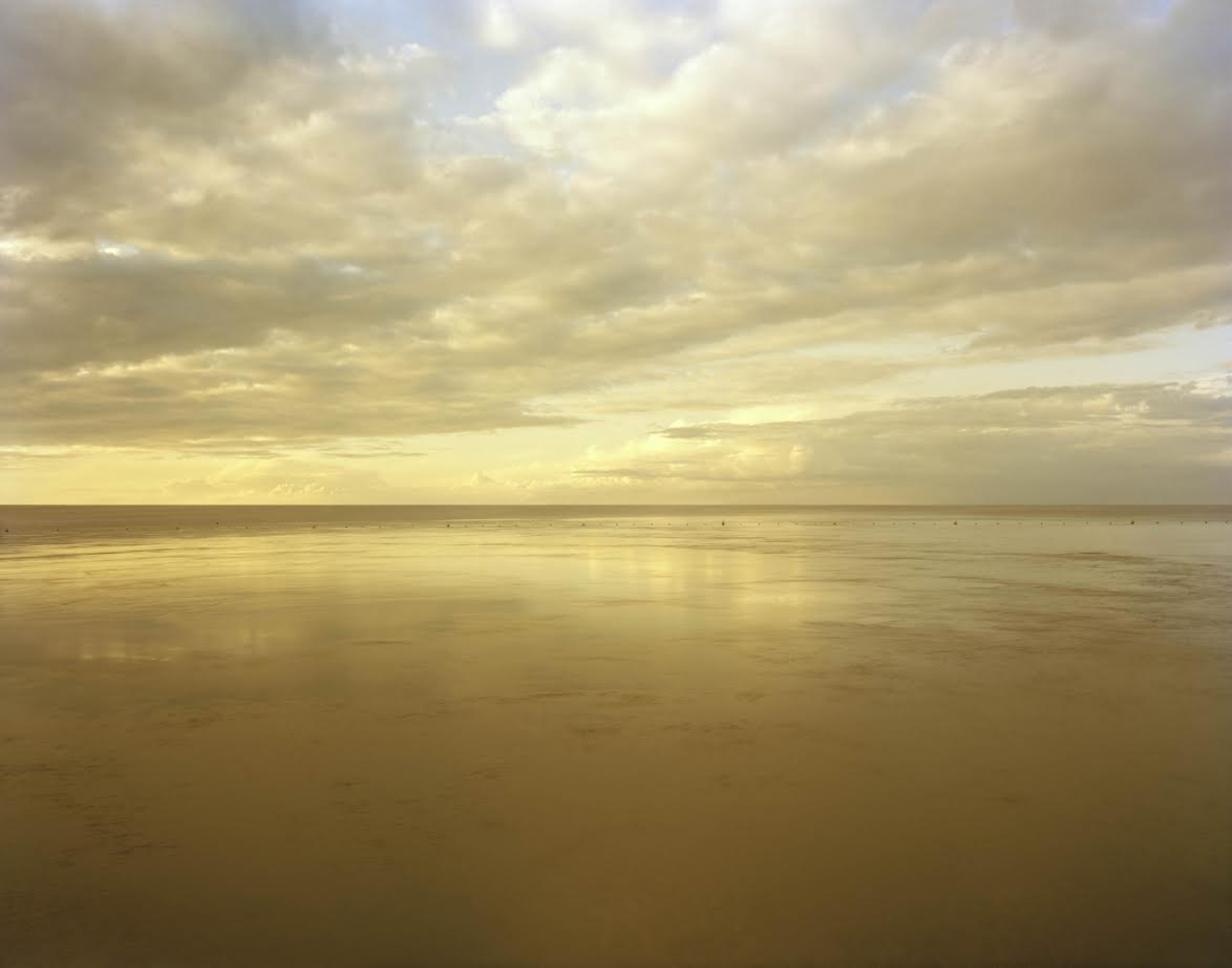
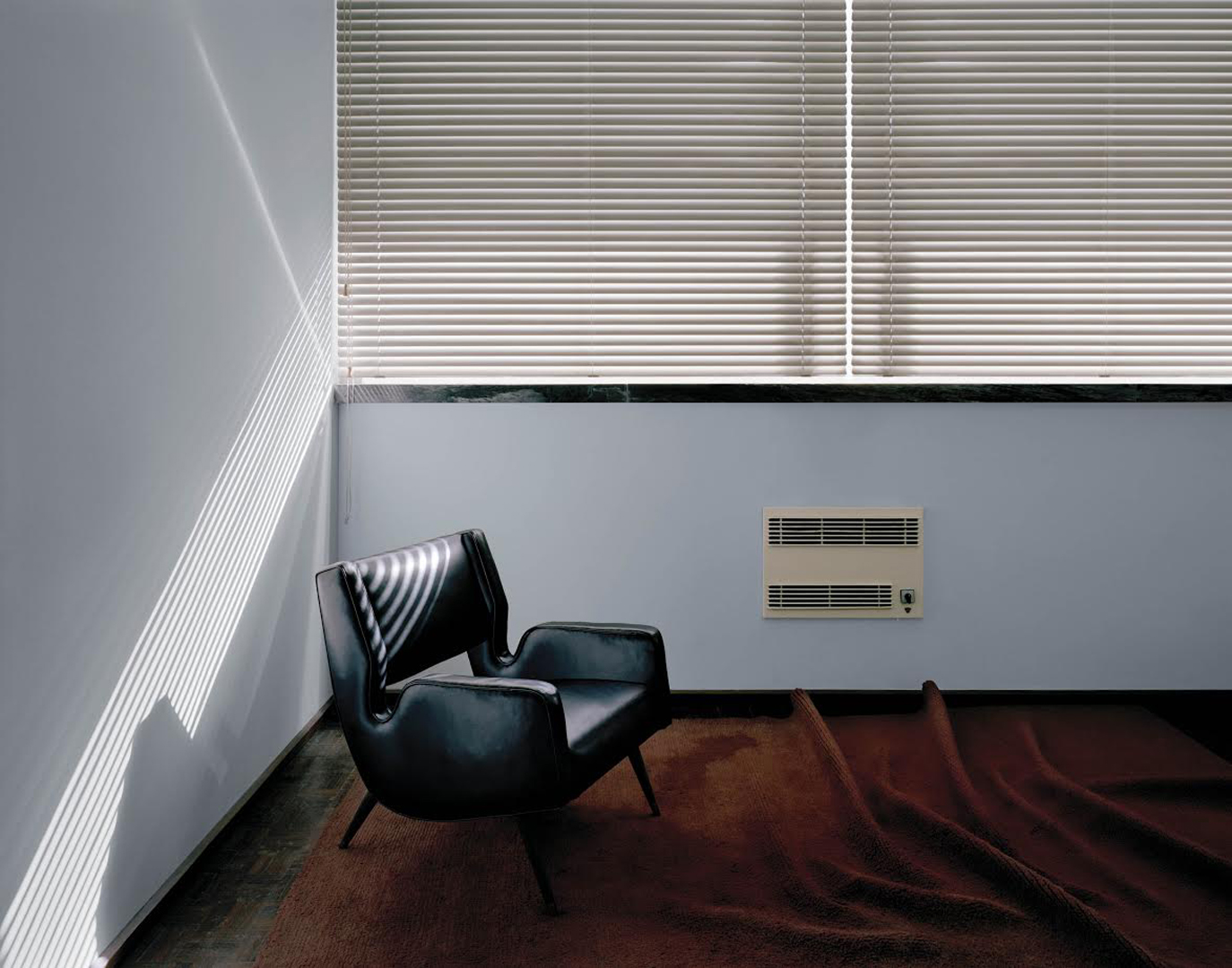
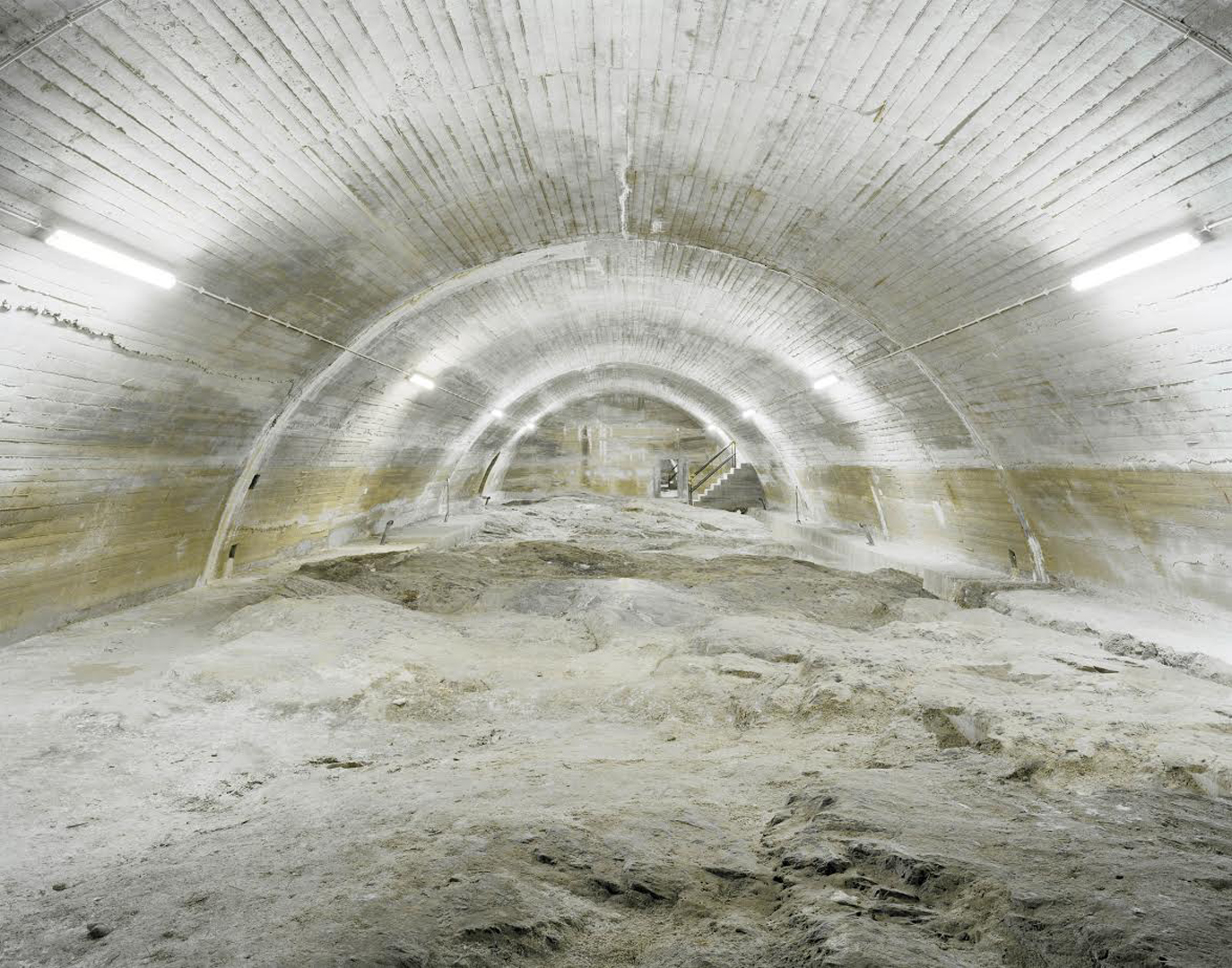
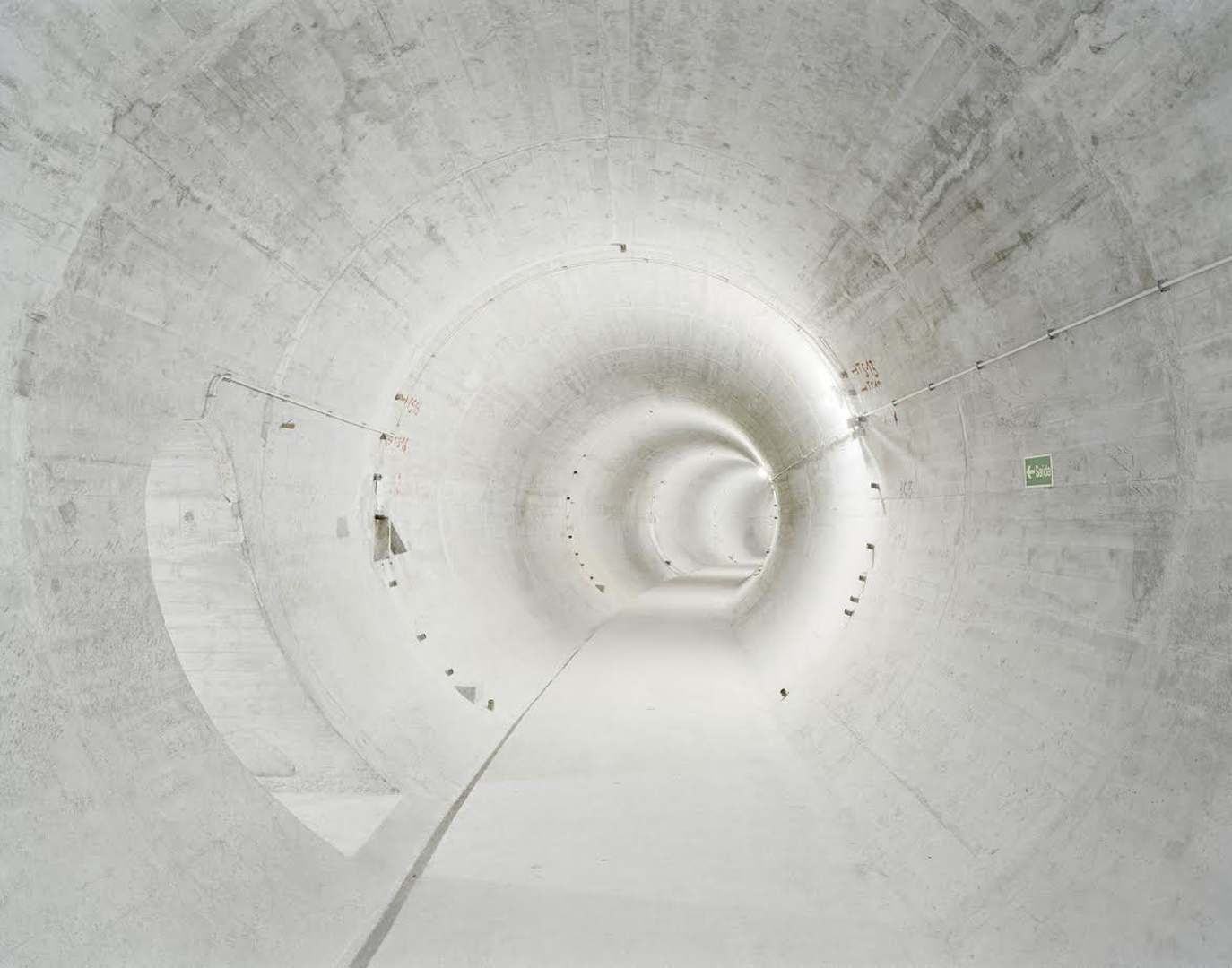
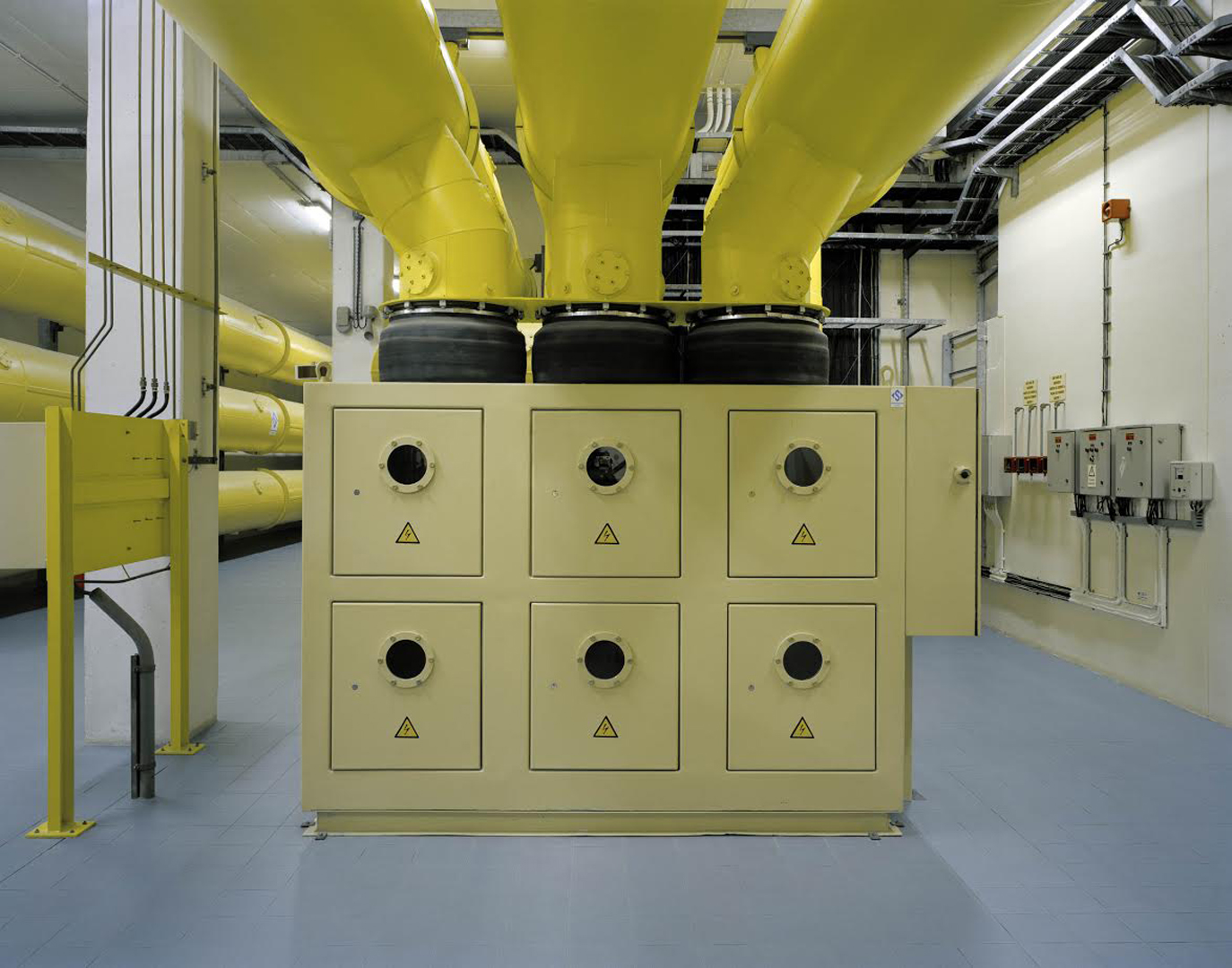
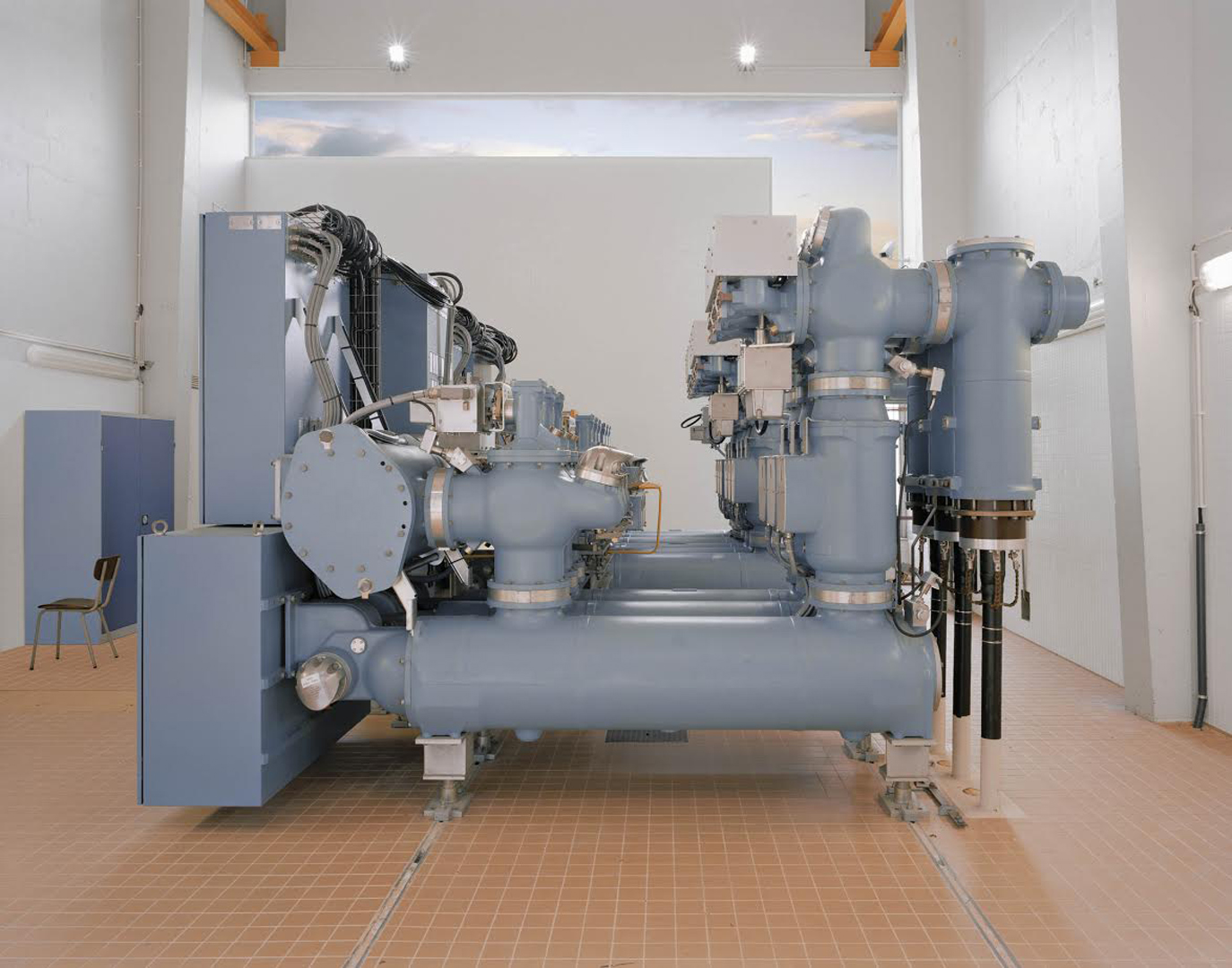
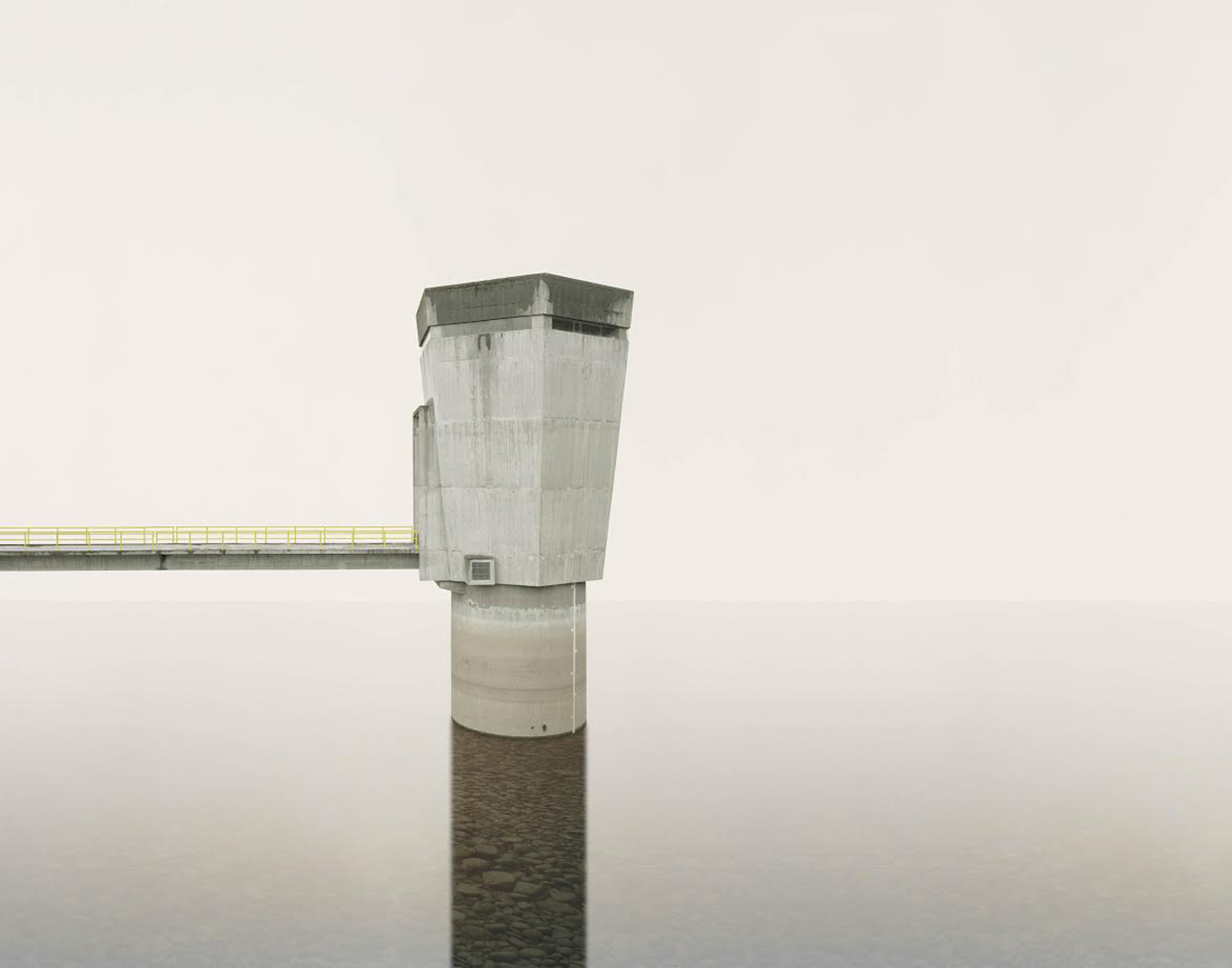
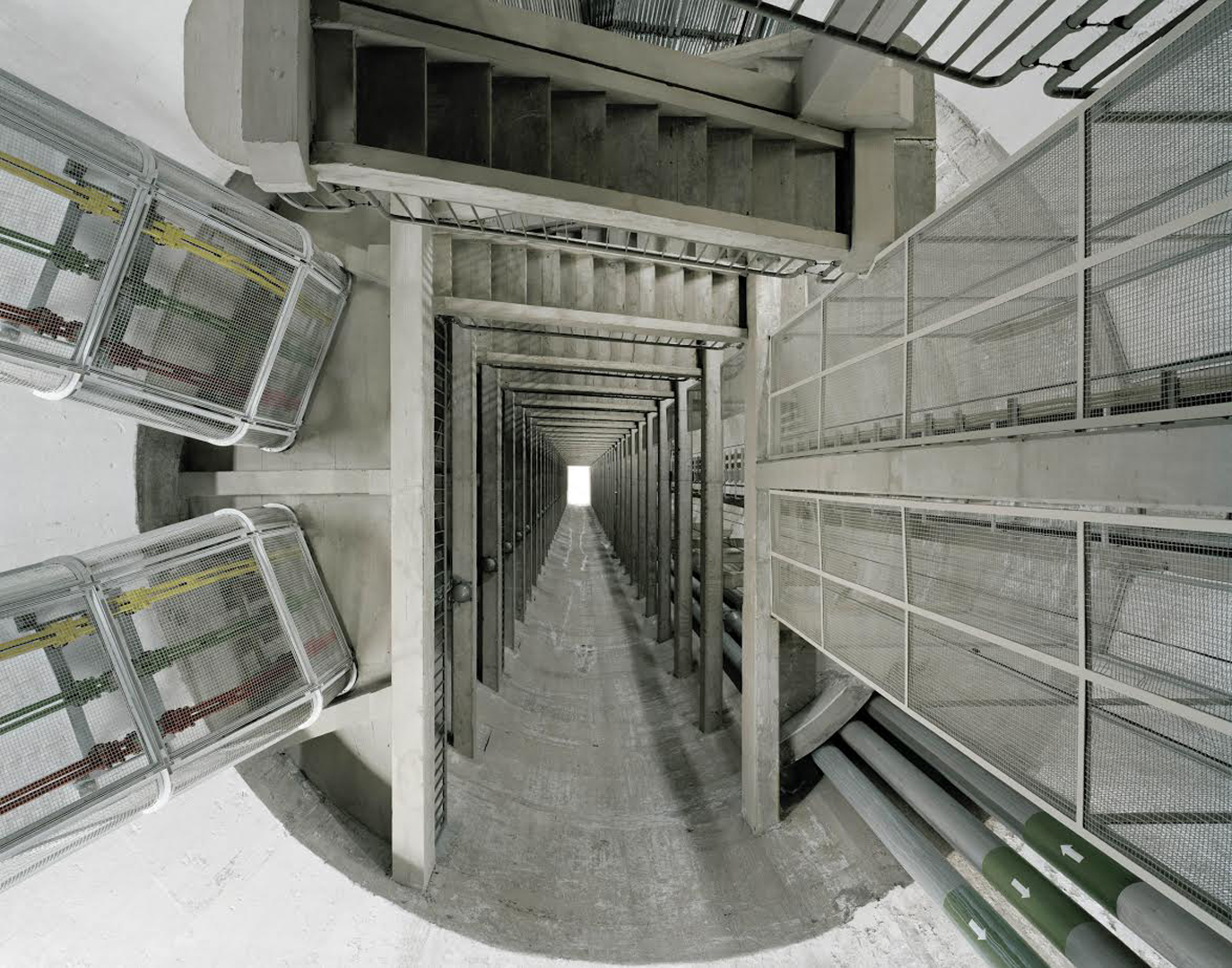
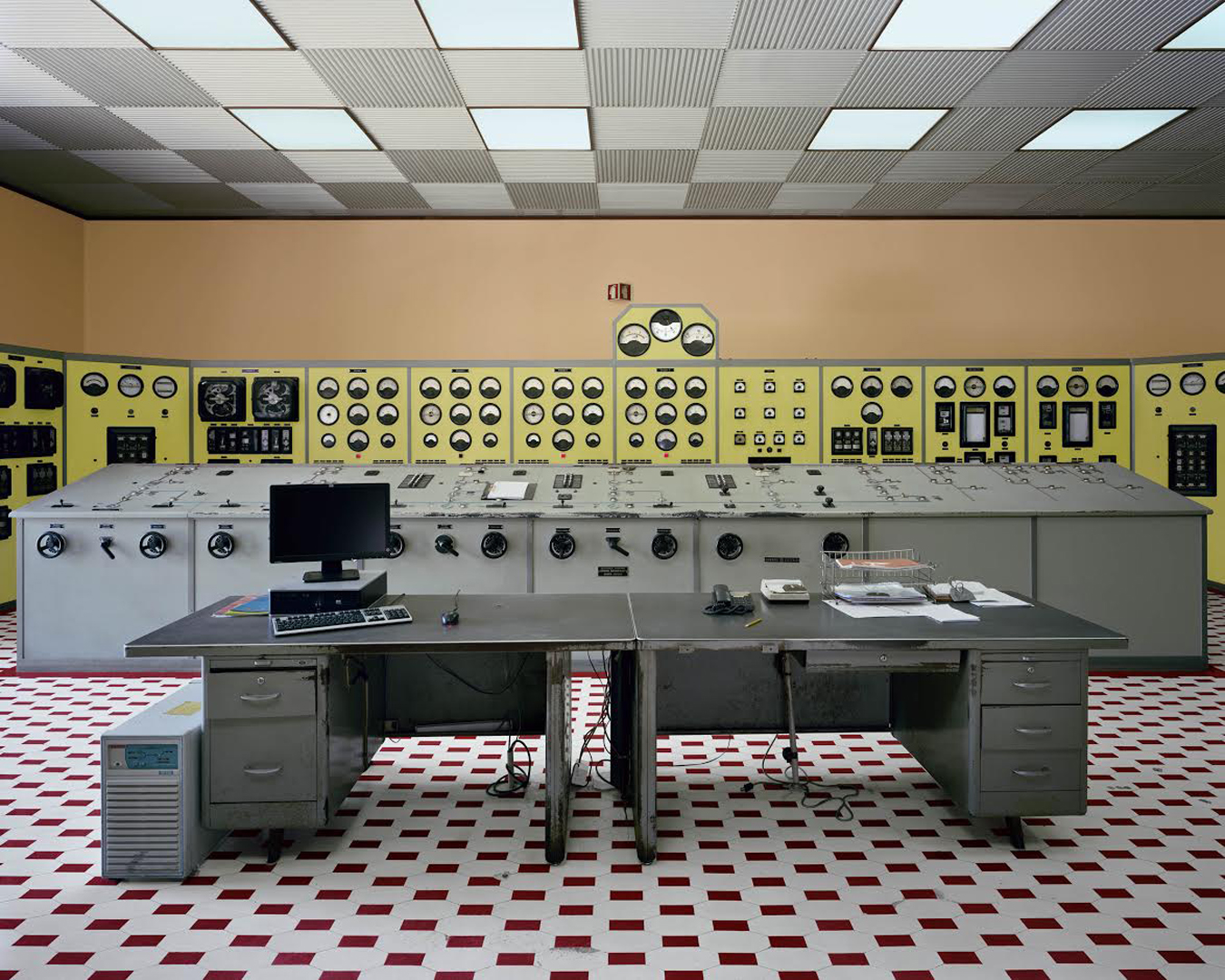
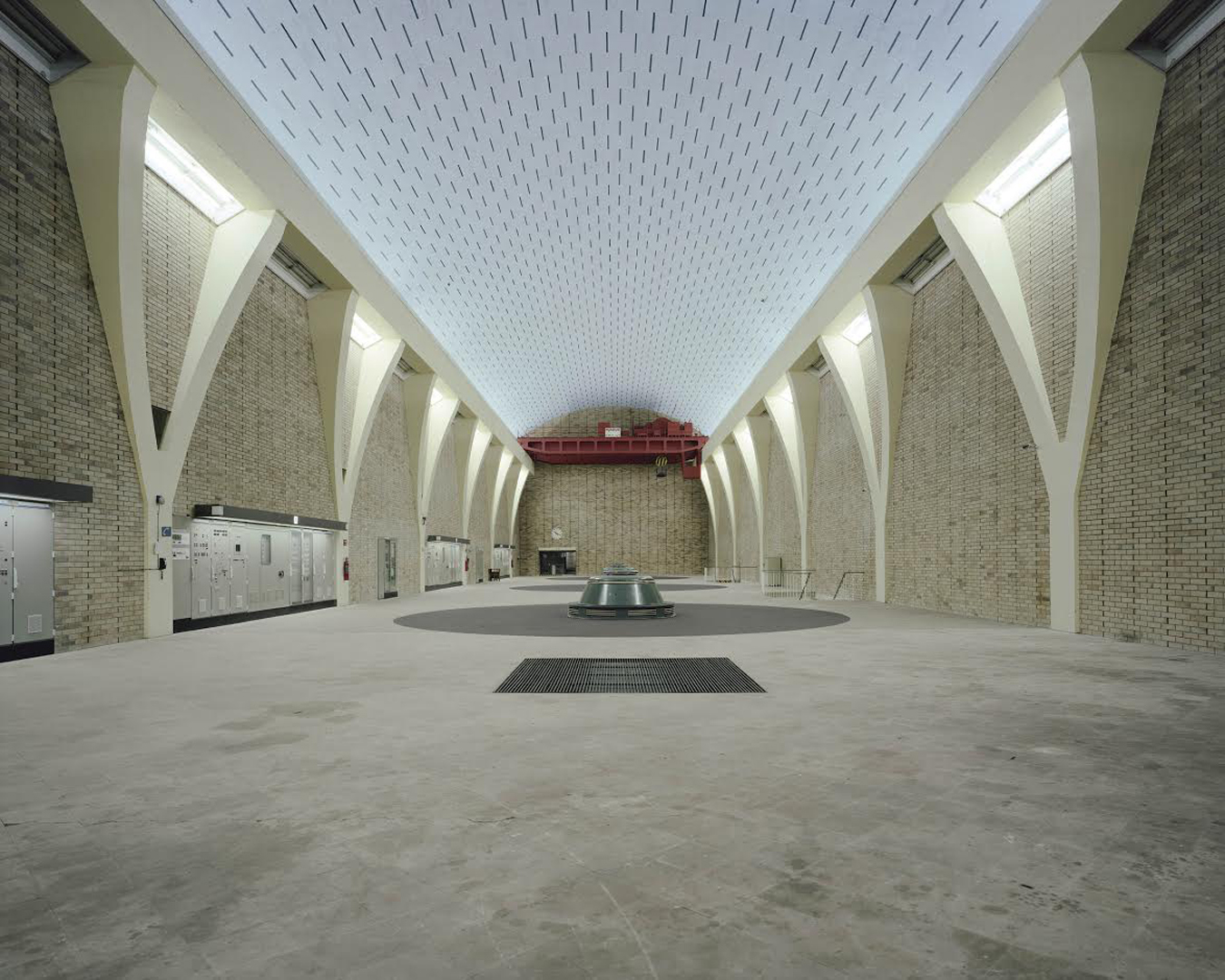

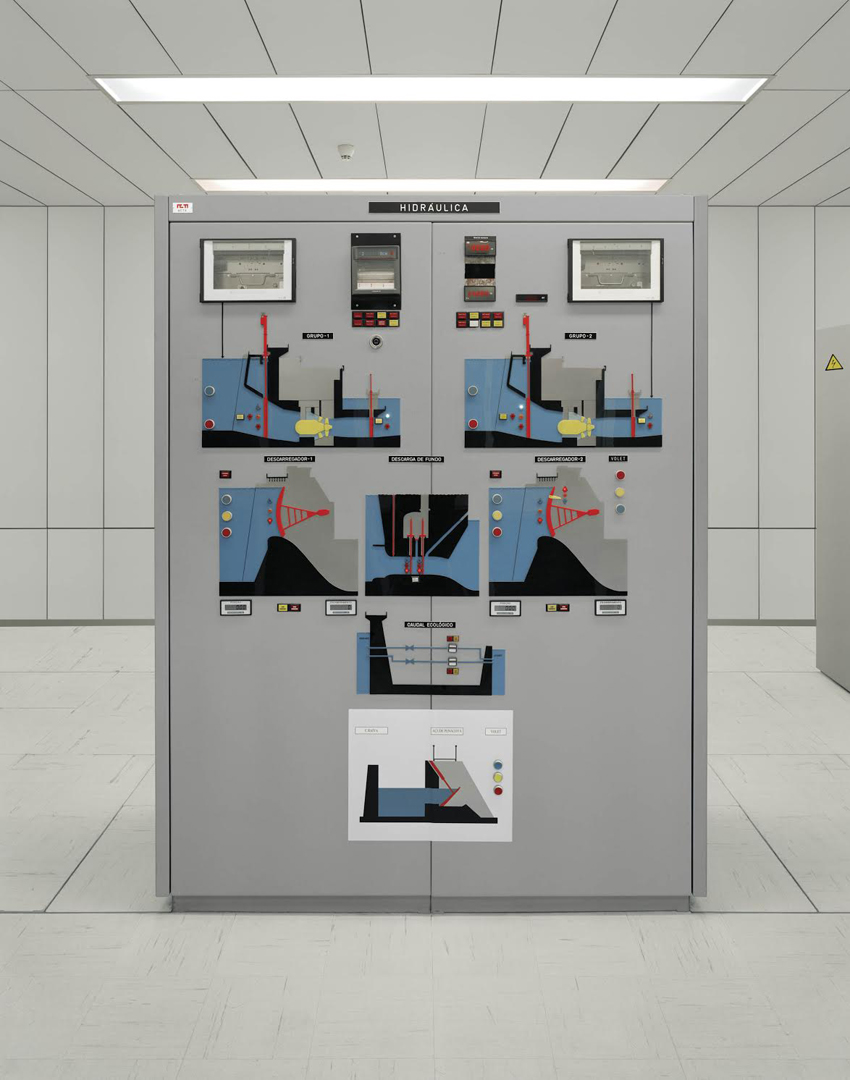






All images © courtesy of Edgar Martins
